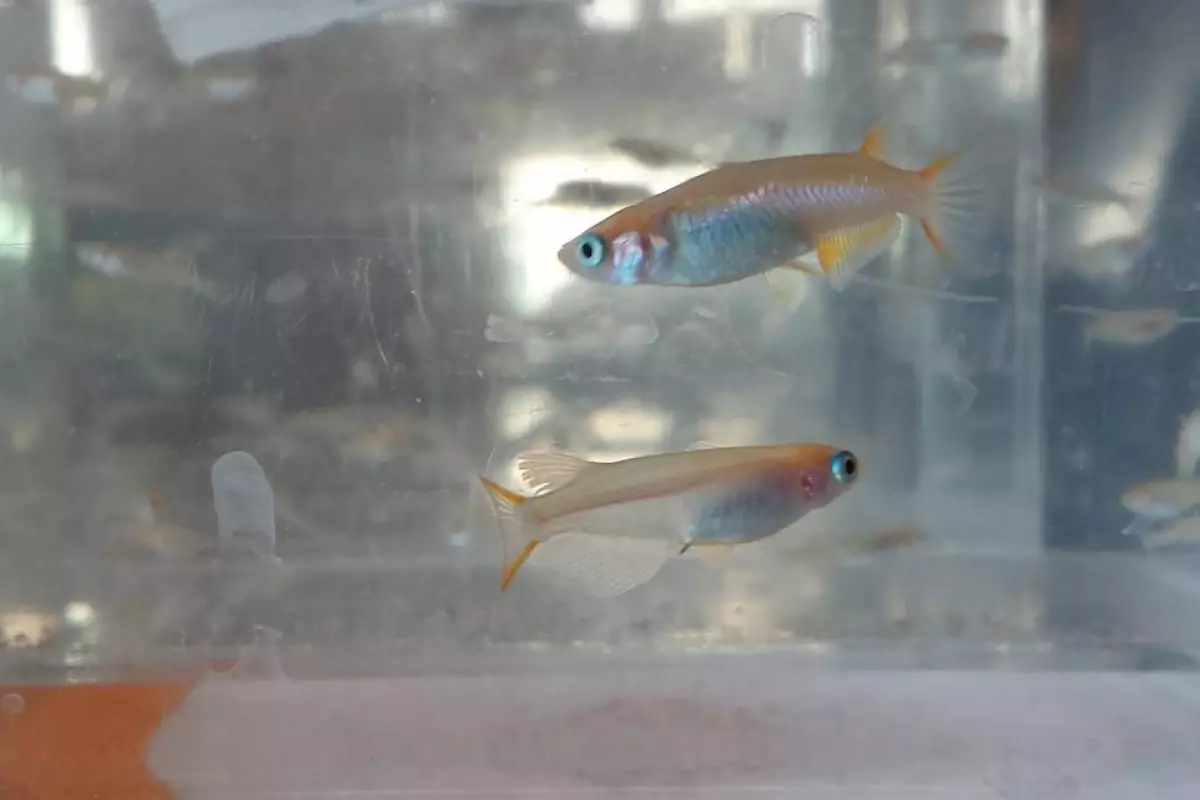There is a whole lot of plastic pouring into the ocean every day, and whole lot we don't know about the damage it causes. Looking to fill in these blanks is a team of Duke University scientists, who have found that fish subjected to high concentrations of microplastic fibers can experience profound changes to their respiratory and reproductive systems.
“Microplastic pollution is an environmental threat that poses increasing risks for species and ecosystems worldwide,” says study author Melissa Chernick. “Until now, most studies have focused primarily on looking for the presence of plastics in animals, without identifying what the effects on various tissues might be. But that’s exactly where our study suggests the science needs to go.”
A lot of the microplastic fibers that end up in the marine environment come from the laundry, breaking free of the synthetic garments we wash, slipping through wastewater treatment facilities and escaping into the ocean.
“Even if they are released miles from the ocean, they can work their way down there," says study author David E. Hinton. "So they affect both freshwater and marine organisms."
To find out what this might mean for marine life, the team conducted an experiment involving 27 breeding pairs of Japanese medaka fish, which were placed inside tanks for 21 days with high levels of microplastic fibers floating about. Throughout this time, the team monitored how much fiber was consumed and excreted, the weight of the fish, along with their egg production.
These fish went on to experience aneurysms and higher levels of mucus production in their gills. The team also observed profound changes to the epithelial cells lining their gills, along with evidence that chemical coatings from the plastic material were making their way into the bloodstream.
While the researchers don't yet understand exactly what all of these different chemicals are, they found evidence of one harmful effect. The female fish that were exposed to polypropylene, a common plastic used in synthetic clothing, produced more eggs, which the team says suggests that chemicals leaking from the materials could be disrupting their endocrine system.
“There were severe changes, and a lot of them," says Chernick. "And each change can affect respiration. If you’re a fish in the wild with gill damage and you’re in a low-oxygen environment or being chased by a predator, you’re in trouble. The same goes if you’re competing with other fish for food. Just having these damages would cause you to be less competitive.”
The research was published in the journal PLoS ONE.
Source: Duke University




